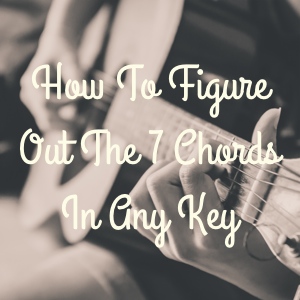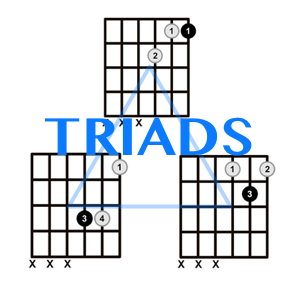There is something awesome about fingerstyle guitar. For me, the power and beauty of this style lies in the fact that it is largely a solo-guitar genre. Many fingerstyle pieces are designed to be played by one guitarist only.
Although it is often referred to as ‘Classical Guitar’, I think this name sells it short and connotes a style that is old and boring. In reality, classical guitar is simply about playing pieces of music, by yourself, using your fingers. There’s nothing boring about that!






